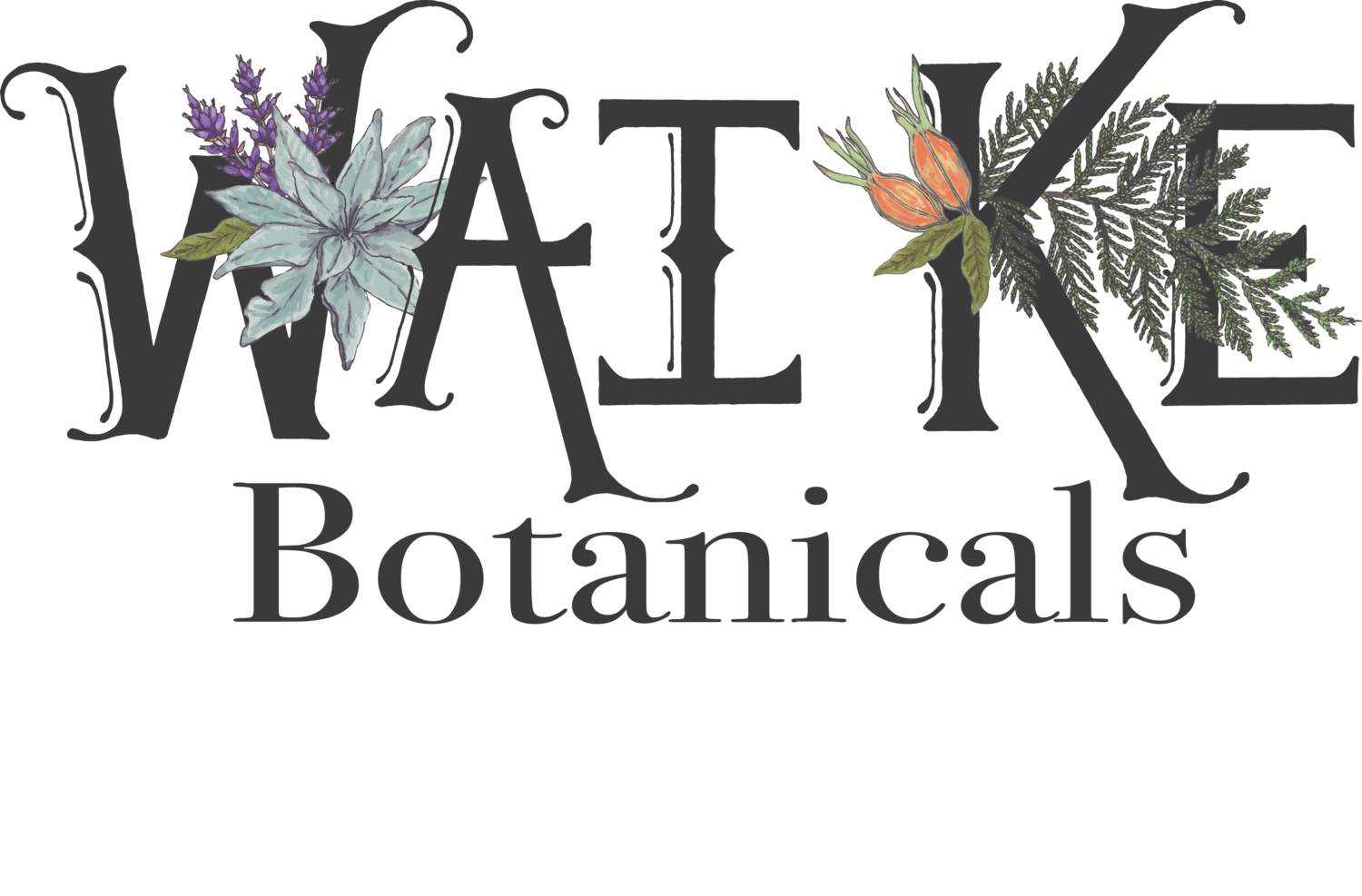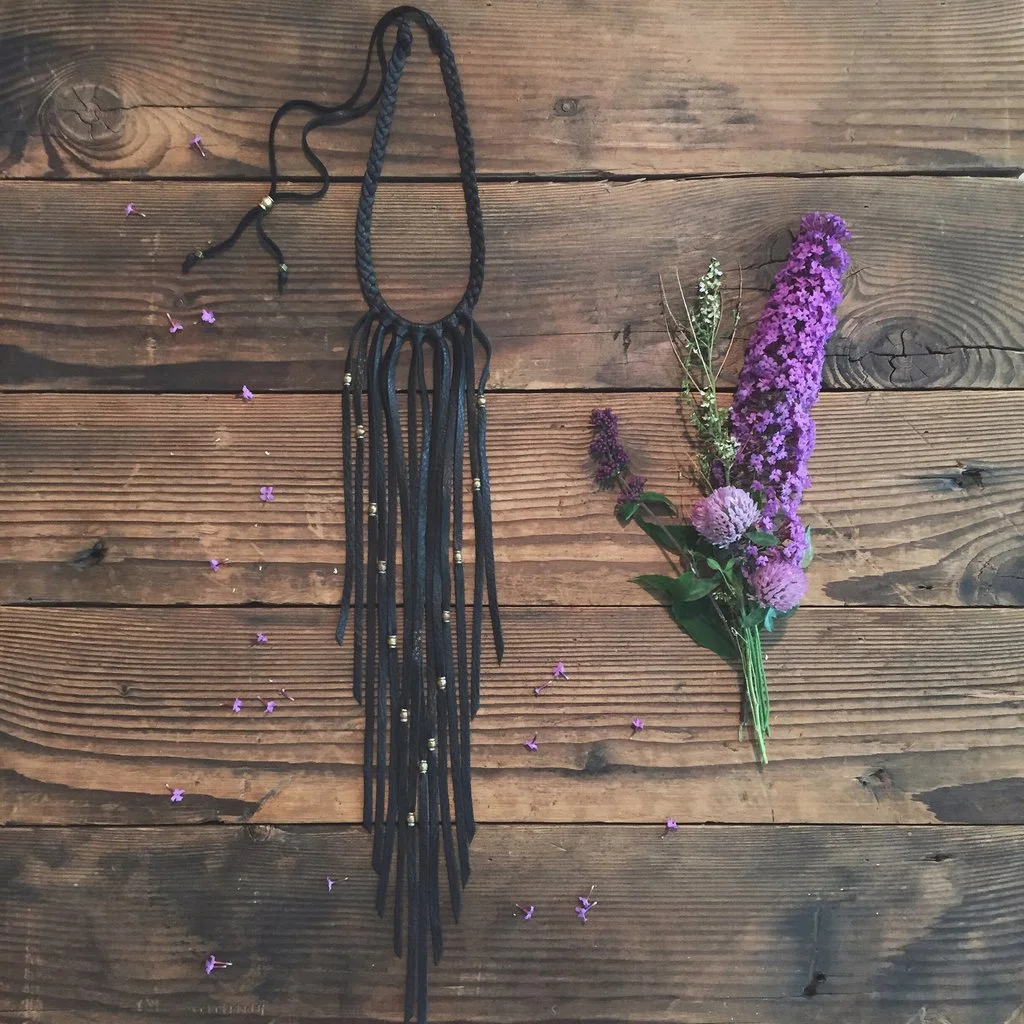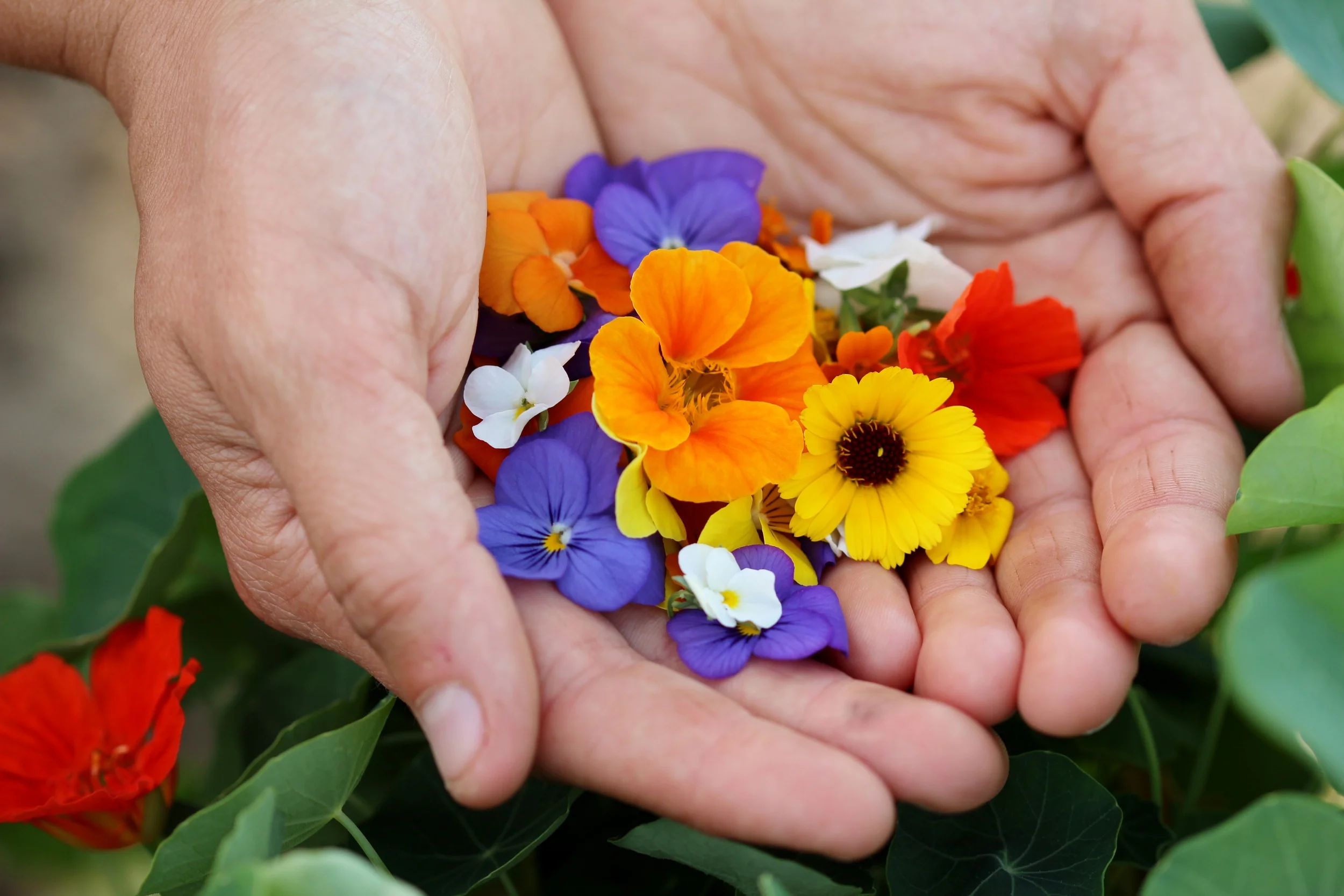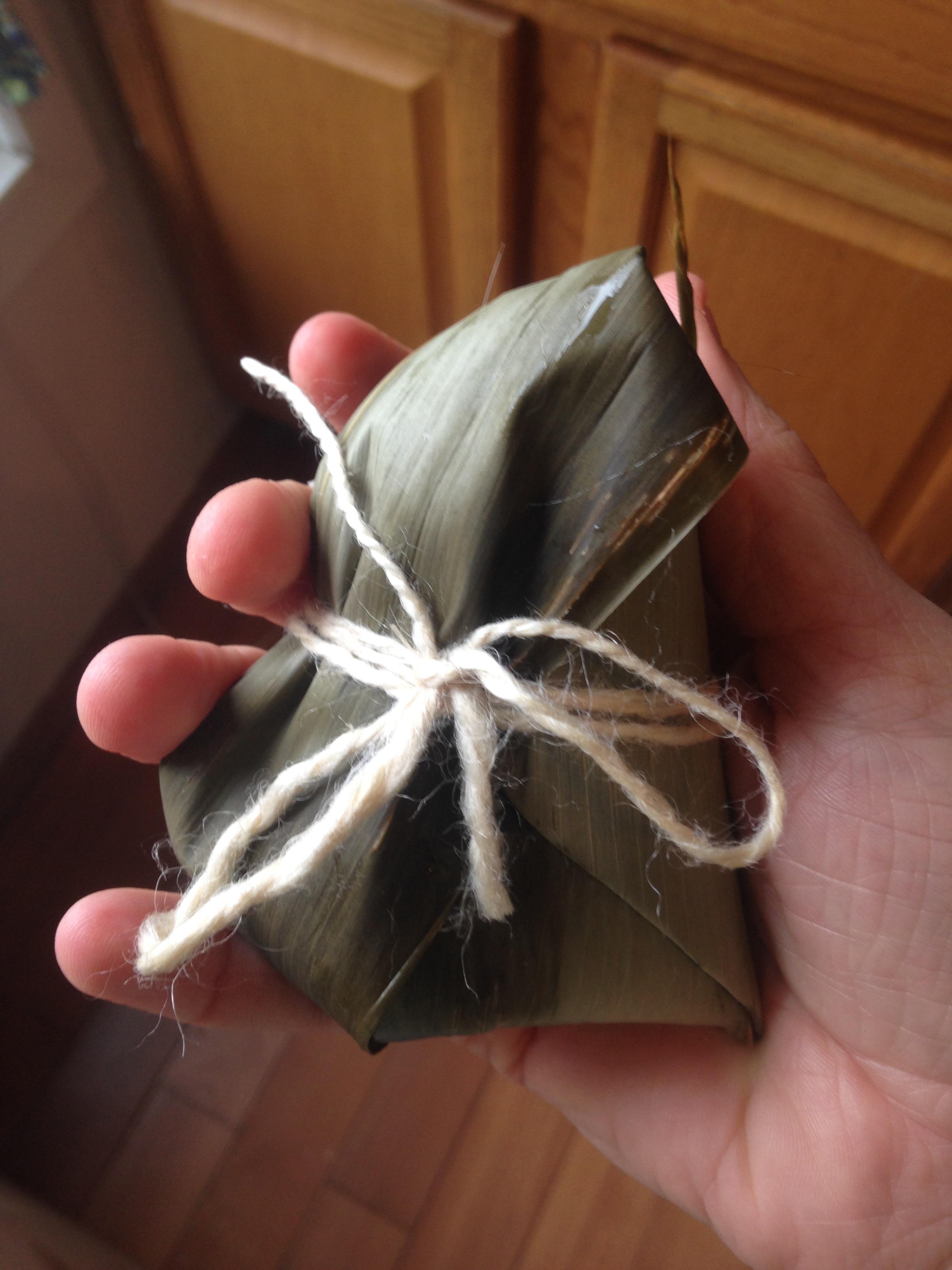Essential Oil Dilution
/Essential oils are some of my favorite ingredients to work with. I love researching which oils have an affinity to augment the formulation I’m working with, thinking about healing combinations that also smell fantastic, mixing the aromas together and experiencing the resulting combination. Essential oils aren’t a traditional part of Chinese herbalism but can be viewed as the essence of the plant; it’s jing or life force. Essential oils are potent plant allies that interact with a very deep and old part of our brains to establish a resonance and promote change and they can be an integral component in physical and emotional healing if used appropriately.
We use therapeutic doses of essential oils in our products that are met by diluting essential oils to 1-2% of the formulation in a carrier oil. This means that for every ounce of oil I use 5-12 drops of essential oils total. When you begin mixing your own formulations, this really doesn’t seem like much!! I myself notice that sometimes the aroma isn’t as strong as I would prefer or that I’m used to in other similar products, but for products that are meant to be used everyday any larger of a dilution rate would range out of the therapeutic range and could potentially cause skin irritation. In order to provide therapeutic benefits and not engage the body’s immune response or cause an unintentional contact dermatitis reaction this is a number that I am very mindful of when blending our formulations. Our Gua Sha oils are only blended with a 0.5-1% dilution rate because the body's surface is being opened this smaller percentage decreases the likelihood for an adverse reaction to the oil.
When is it OK to use a higher dilution? When you’re working through acute conditions like a cold, flu or headache a 3-5% dilution of essential oils in carrier oil can be used. This translates to 15-30 drops per ounce of oil. And the question about using essential oils neat surfaces here as well. The only time we use undiluted essential oils is when we’re dealing with things like skin tags or warts, when the full strength of the essential oil is needed and only used for a short period of time on a very small area of the body. So far, our results have been great!
So what are you blending the essential oils in? This is where choosing a carrier oil that augments the actions of your essential oils comes in. Do you want an oil that has antibacterial properties, something that absorbs quickly into the skin without leaving a greasy residue, an oil that is more deeply penetrating? And consider also if you'll be infusing the oil with an herbal blend as well and the properties that are exchanged during that. Types of carrier oils include: coconut, olive, castor, sesame, sunflower, avocado, jojoba, red raspberry, sea buckthorn, rosehip and so many more!
When blending at home it’s important to remember that kids and pets are often quite a bit more sensitive that we adults! There are some really great books and resources out there if you’re interested in using essential oils with your animal companions that I suggest reading before experimenting. Cats especially are very sensitive to certain compounds. If using essential oils with kids a much smaller dilution rate is considered a safe therapeutic dose which ranges from 0.25-0.50% depending on age. Again, there are some really great resources available that discuss this topic in more depth.
Some of my favorite ways to use essential oils, either singly or blended, are as steam inhalations, topically in salves and ointments, body oils, and as an addition to my oral care routine. Steams are such a great way to interface with an essential oil blend. Whether you’re steaming for respiratory support or using them as part of a face steam to help balance the skin, steams are a really fun and creative way to incorporate essential oils into your weekly self-care routine.
As fall approaches and our energies begin to dive inward and the season of dryness prevails it’s important to pay extra loving attention to our lungs. Below is a recipe for my go-to blend for use in a diffuser to support the lungs and soothe the respiratory tract.
- Essential oils of eucalyptus, lavender, rosemary and pine
- Diffuser of your choice (soapstone, ceramic, electric)
- Tealight
Add a couple drops of each essential oil to your diffuser (I like to add a few more drops of pine and lavender) and light your tealight. The aroma of the essential oils releasing their volatile oils will permeate the room and possibly even your house! Enjoy inhaling these plant essences and finding a blend that is supportive to you!
Resources:
Dugliss-Wesselman, Stacey. The Home Apothecary. Quarry Books, Beverley, MA. 2013.
Galentin, Erica. Incorporating Essential Oils into your Herbal Practice. April 13, 2015. http://theherbalacademy.com/incorporating-essential-oils-into-your-herbal-practice/
Holmes, Peter. Clinical Aromatherapy: Essays and Essential Oil Profiles. Snow Lotus Press, Boulder, CO. 2001.
Roach, Sheri. A Guide to Essential Oil Safety. April 6, 2015. http://theherbalacademy.com/a-guide-to-essential-oil-safety/
Schnaubelt, Kurt. Medical Aromatherapy. Frog Ltd, Berkeley, CA. 1999.





















